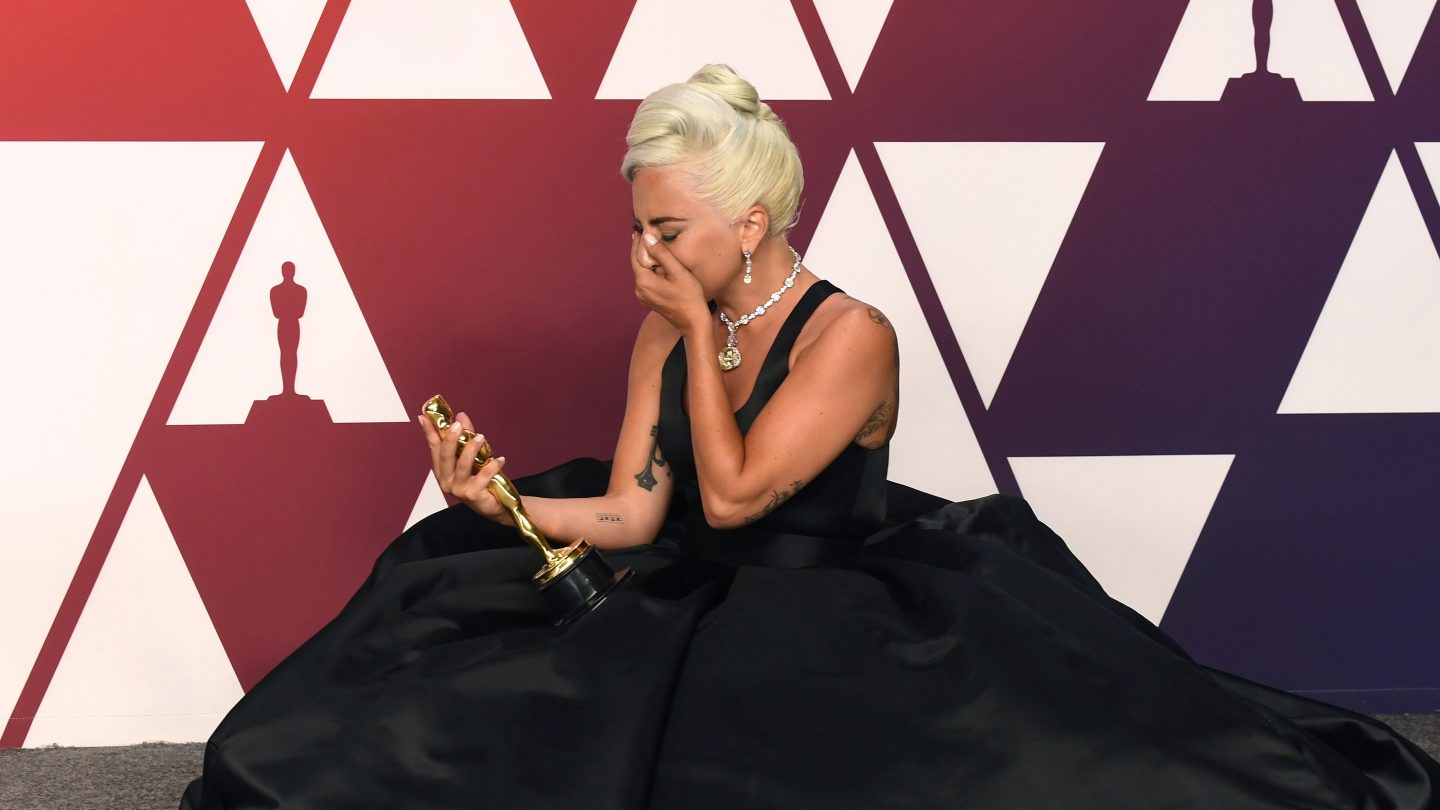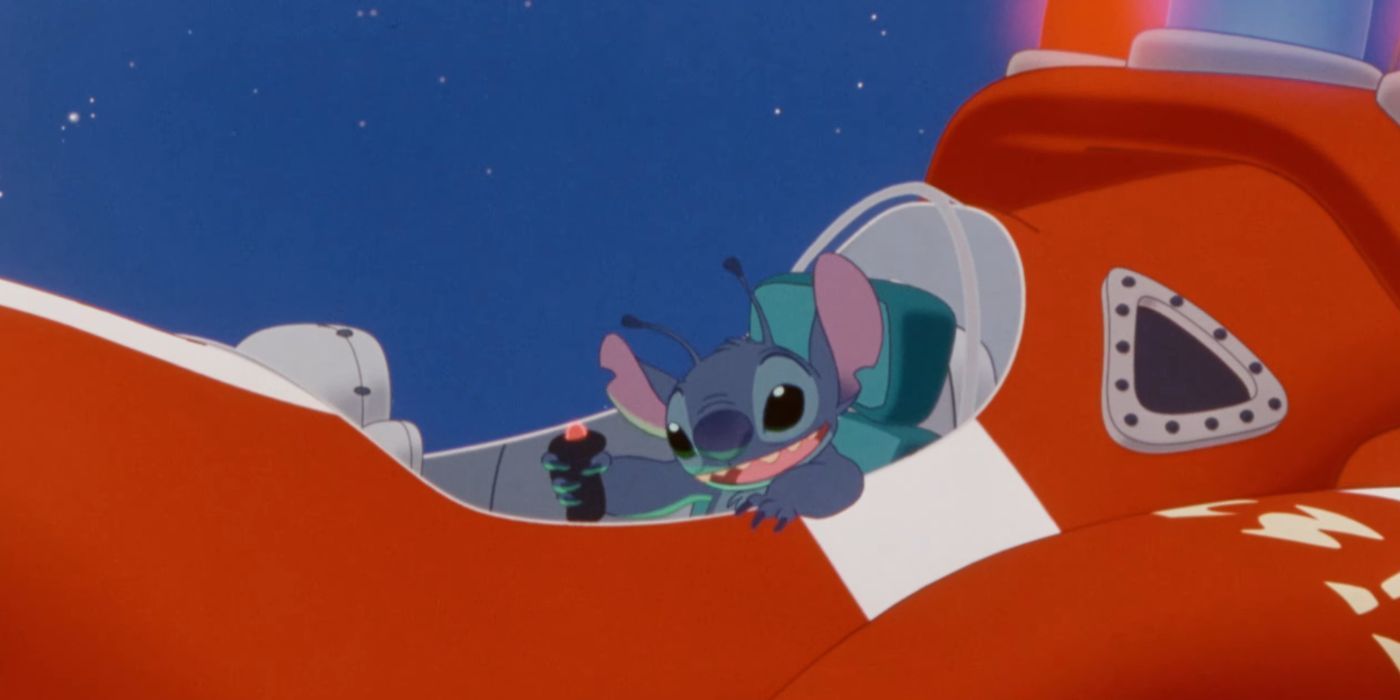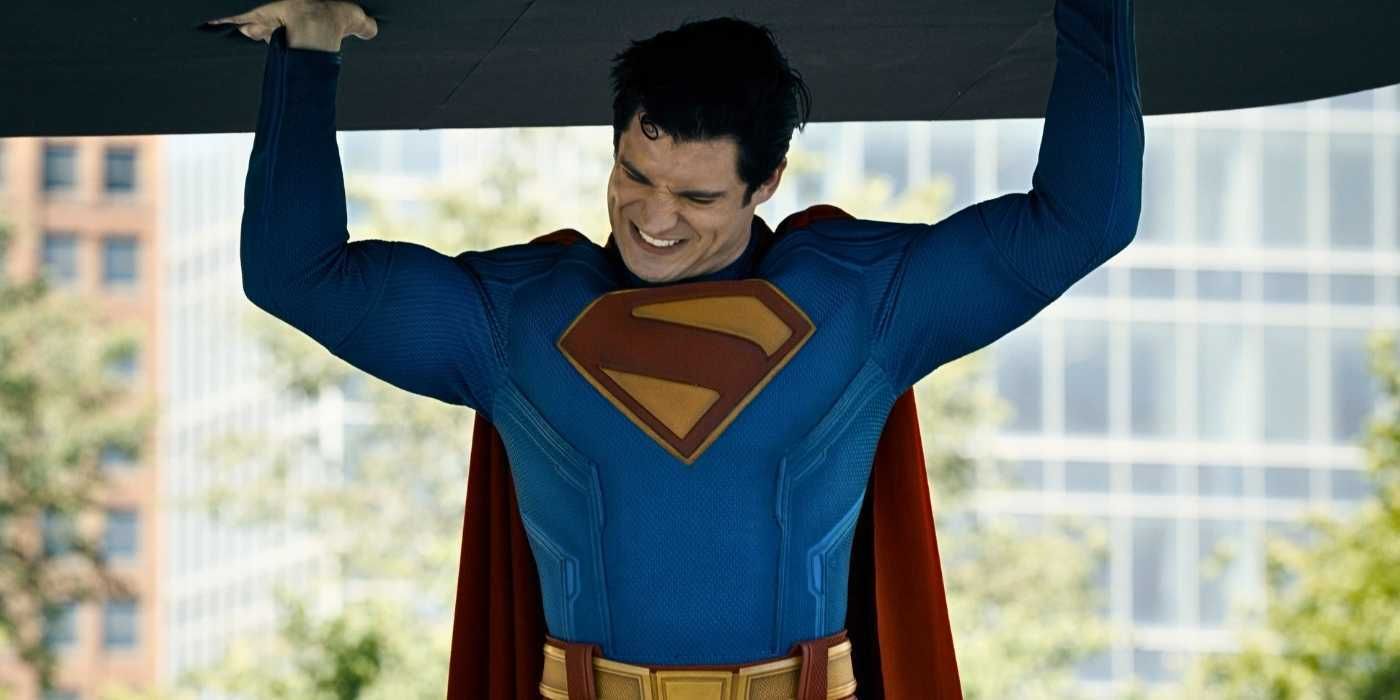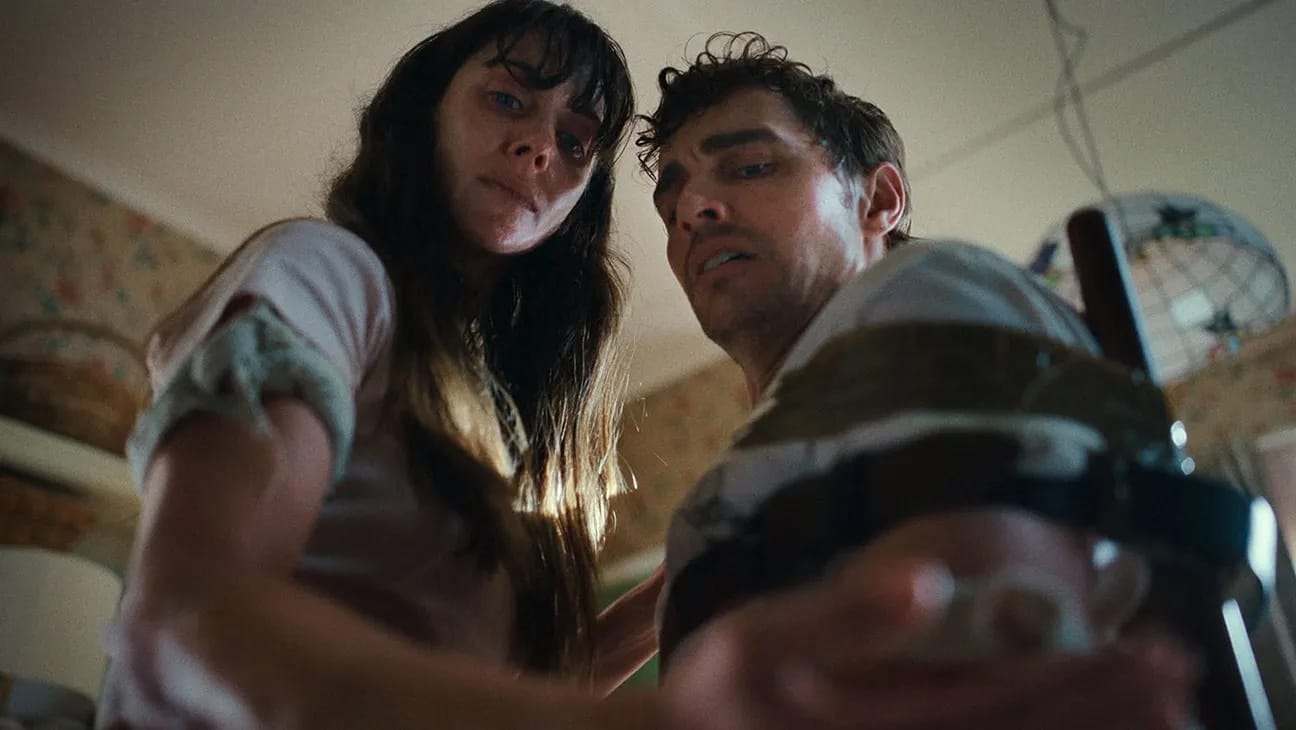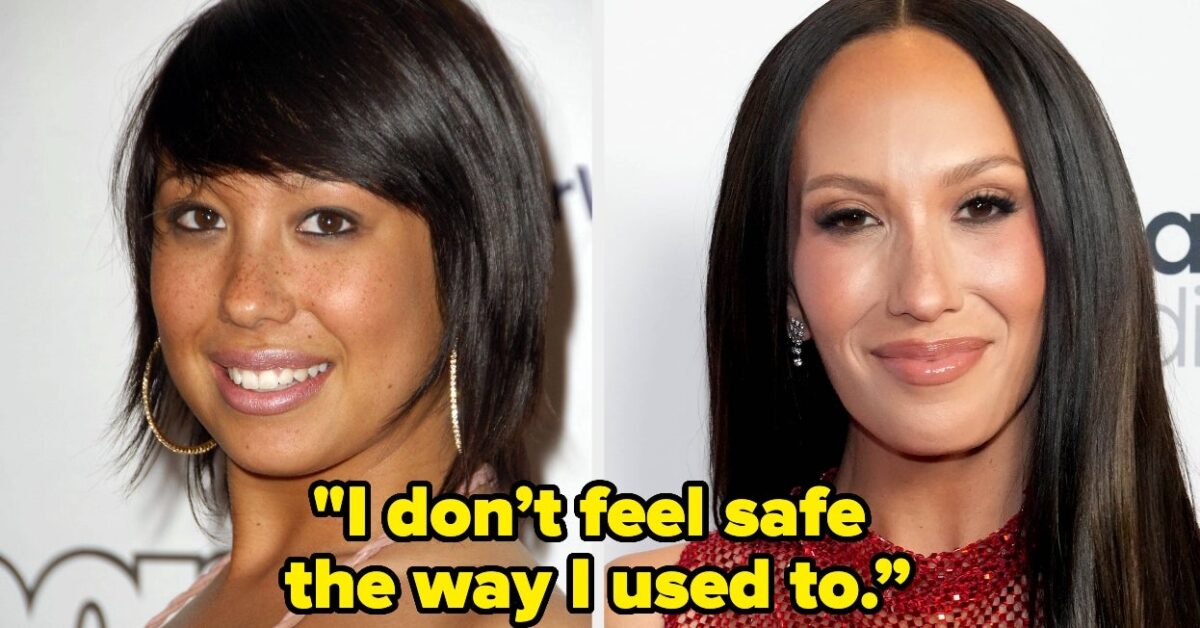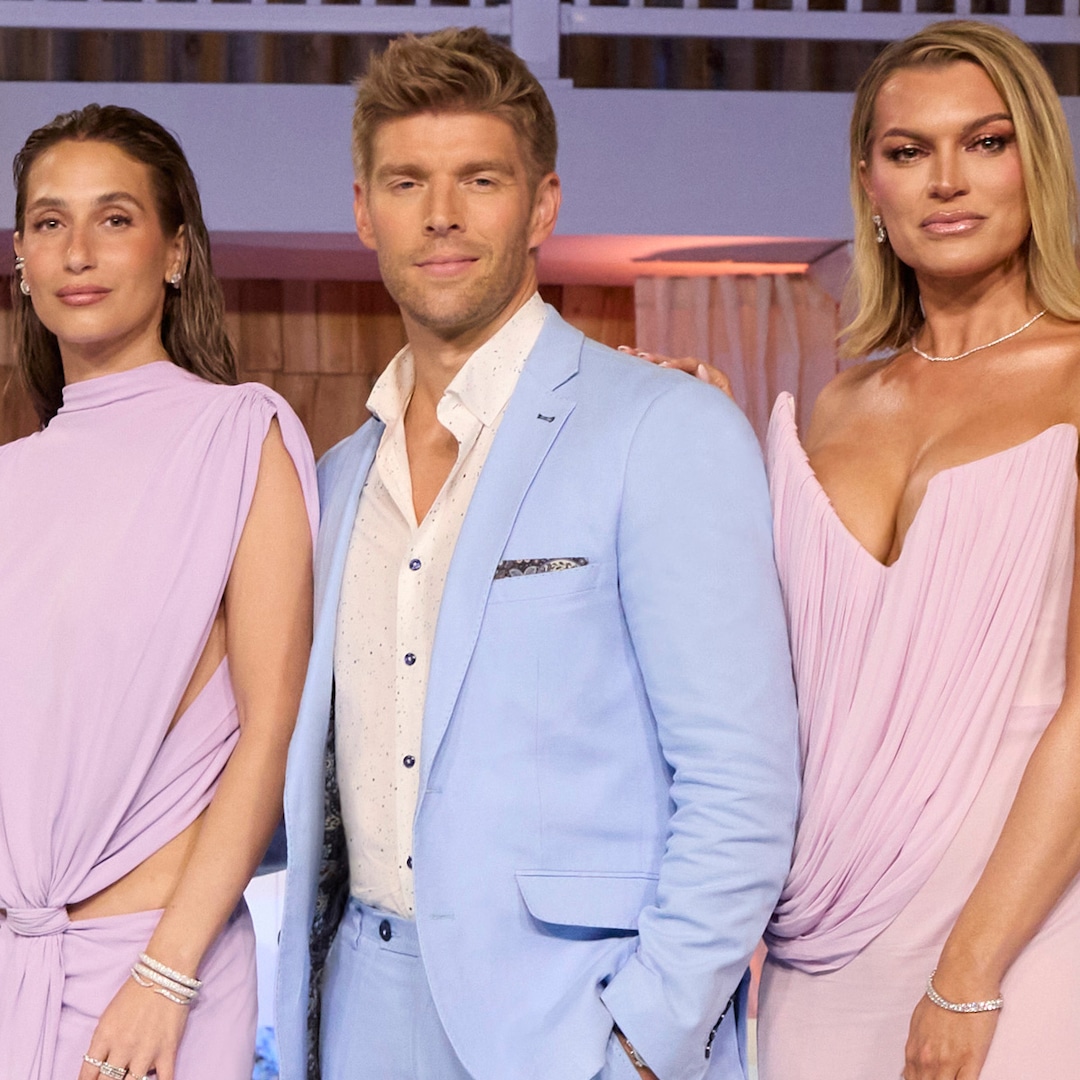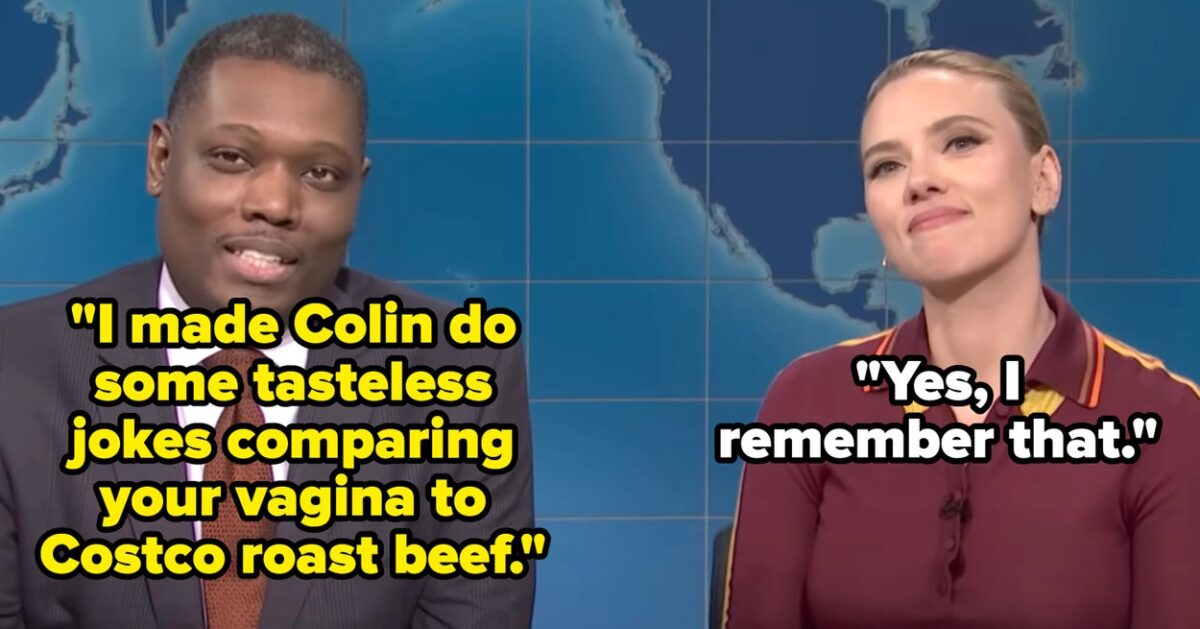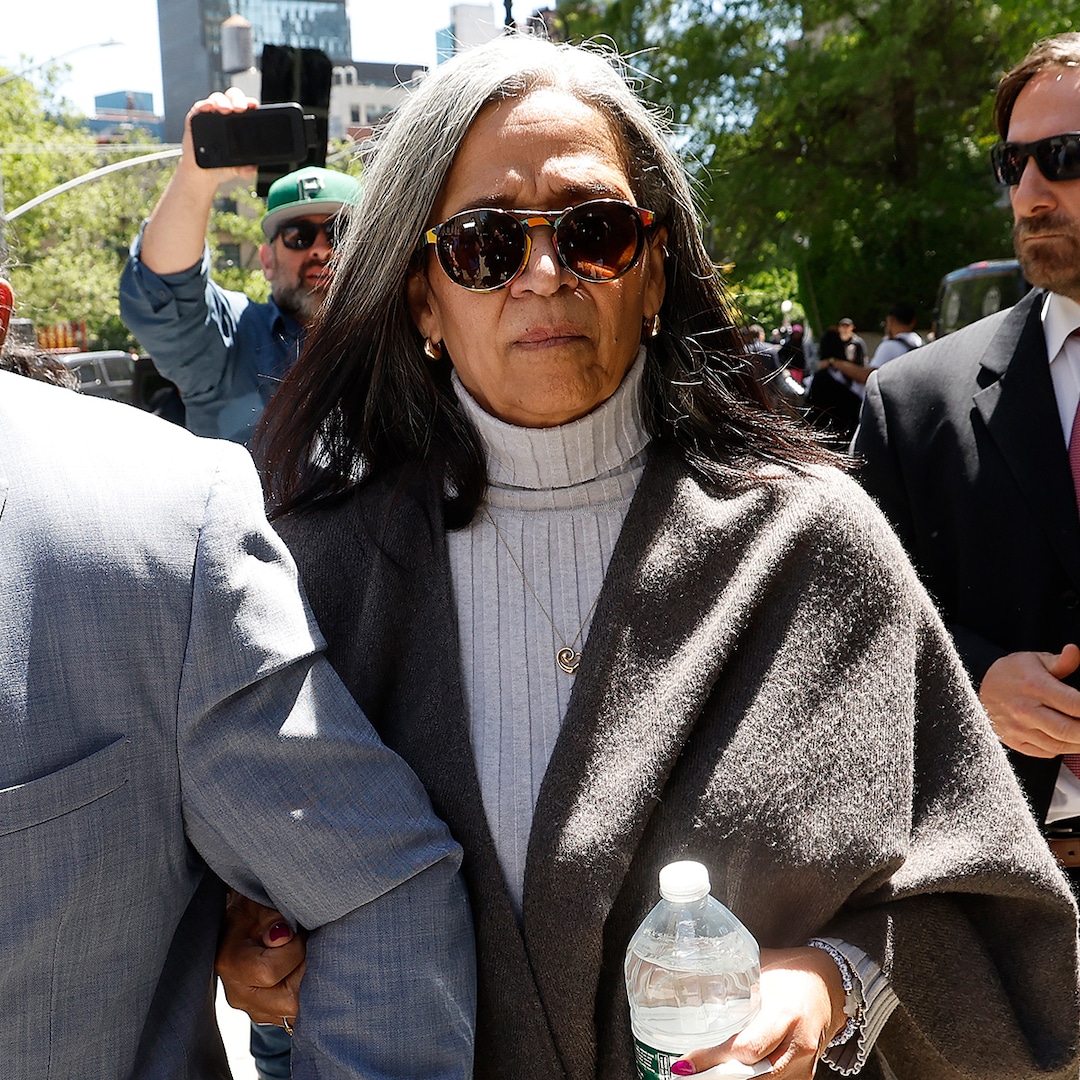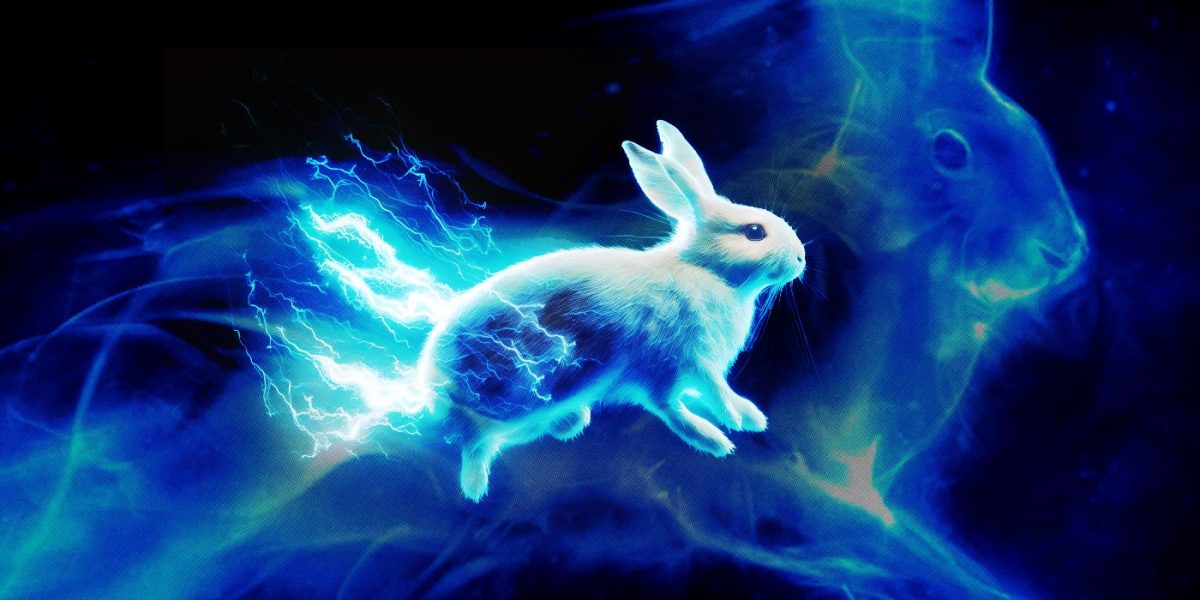
Every Patronus From the Films, Explained
Mar 4, 2023
One of the many spells that plays an important role in the Harry Potter films is the Patronus Charm, but unlike others, it does more than protect the caster. The animal formed by the spell is symbolic. Some patronus forms are explained, but most are left up to interpretation. The spell is a difficult one that only the most powerful wizards are capable of, though more can cast the charm and produce an incorporeal mist rather than a full patronus. As long as the witch or wizard remains focused on a happy memory, the patronus can shield them from many things, but they are most notable for their use against the sole-sucking dementors. It’s easy to remember the patronus forms for characters like Harry (Daniel Radcliffe) and Snape (Alan Rickman), whose patronuses are featured heavily, but many other characters get to cast the spell as well, if only momentarily. So, who has a patronus, and what does it say about them?
Harry Potter: Stag
Image via Warner Bros.
Harry’s patronus is undoubtedly the most recognizable. The stag is first seen in Harry Potter and the Prisoner of Azkaban when it saves Harry and Sirius Black (Gary Oldman) from the dementors at the lake. Originally, Harry believes it to be from his father, who somehow survived, but it turns out to be from Harry, who traveled back in time with the time turner. The stag is James Potter’s animagus form and likely his patronus. As the kings of the forest, stags are considered noble and represent leadership and courage, both of which Harry demonstrates repetitively. Beyond that, the patronus is a representation of the bond Harry feels with his parents.
Related: How to Watch the ‘Harry Potter’ Movies in Order (Chronologically or by Release Date)
Severus Snape: Doe
Image via Warner Bros.
Similarly to Harry, Snape’s patronus represents a person. In the memories he gives Harry before his death, Snape shows Dumbledore his patronus, using the form to prove his love of Lily Potter, Harry’s mother. This indicates that Lily also had a doe patronus. Snape’s patronus also leads Harry and Ron (Rupert Grint) to the sword of Gryffindor, though the boys don’t know who it belongs to. The doe represents loving caretakers and determined protectors. While this description fits Lily perfectly, it’s a little generous for Snape, — largely a villain through most of the series — though, unknown to Harry, much of what he does in the series is meant to protect Harry.
Hermione Granger: Otter
Image via Warner Bros.
Hermione (Emma Watson) is the brightest student in her year, so it’s no surprise that she masters the difficult spell. Like many others, Hermione learns the spell from Harry as he teaches Dumbledore’s army in Harry Potter and the Order of the Phoenix. Her patronus takes the form of an otter. This creature is known for being both adventurous and curious. Like Hermione, otters are always willing to learn and show deep attachment to those in their social groups. Hermione’s dedication to Harry and Ron and constant quest for answers is very otter-like, so her patronus form is no surprise.
Ron Weasley: Jack Russell Terrier
Image via Warner Bros.
Ron learns to cast a patronus in the DA as well. His jack russell terrier knocks Neville Longbottom (Matthew Lewis) over as it dashes around the room. Ron’s patronus taking the form of a dog makes perfect sense. After all, who is more loyal than Ron? Beyond fitting the profile of a man’s best friend, a jack russell terrier is a good fit. These dogs are known to overestimate their strength, fearlessly barking despite the odds, just like Ron, who faced down “murderer” Sirius Black while injured. Both Ron and jack russell terriers are stubborn as well. Interestingly, these dogs are known to chase otters, connecting Ron and Hermione’s patronuses.
Ginny Weasley: Horse
Image via Warner Bros.
Like the rest of the DA, Ginny (Bonnie Wright) learns the patronus charm in Harry Potter and the Order of the Phoenix. She is the first member to be seen casting a full patronus. Her horse suggests power, passion, and freedom, all of which describe her character. She is a powerful witch and always fights for what she believes in. She also has a free spirit. Though much of her character is cut from the films, the horse does make sense as her patronus if you look close enough.
Luna Lovegood: Hare
Image via Warner Bros.
Luna (Evanna Lynch) is a unique character, so her patronus provides an interesting insight into her. She can be seen in the DA class casting a hare patronus. Hares are happy and energetic creatures. Luna’s personality reflects that in her attention seemingly bouncing from one place to another. It also references the saying “mad as a March hare.” Luna is often considered a little crazy, but even so, she’s genuine and kind-hearted. Additionally, hares are generally connected to the moon, and “luna” means moon in Latin.
Dolores Umbridge: Persian Cat
Image via Warner Bros.
Umbridge’s (Imelda Staunton) largest role is in Harry Potter and the Order of the Phoenix, but she reappears later. In Harry Potter and the Deathly Hallows Part I, Umbridge can be seen in the Ministry of Magic presiding over the trials of Muggle-born witches and Wizards. The dementors swirl around the room, held at bay by the patronus beside Umbridge, a small Persian cat. Umbridge makes no secret of her love for cats, but patronuses are more than favorite animals. Cat patronuses are described as watchful and loyal, both of which Umbridge is, even if she is loyal to the wrong people. Her unwavering dedication to the Ministry is undeniable.
Remus Lupin: Wolf
Image via Warner Bros.
Throughout the films, several characters cast patronuses that don’t take a discernable form. Remus Lupin (David Thewlis) is one example. He repels the dementor on the Hogwarts Express in Harry Potter and the Prisoner of Azkaban with an incorporeal patronus. However, the books explain that this is a choice as his patronus is a wolf, which is too close to his werewolf form for his comfort. Wolves are pack animals, but they also give the connotation of lone wolves. This reflects Lupin’s relationship with his fellow marauders. Once part of an inseparable group, Lupin is now on his own.
Aberforth Dumbledore: Goat
Image via Warner Bros.
Aberforth Dumbledore (Ciarán Hinds) casts a patronus in the Battle of Hogwarts. It’s a powerful blast that takes out hundreds of dementors in the film, much too large to form an animal. But in the books, it takes the form of a goat. Little enough is known about Aberforth, but the Dumbledore family raised goats in his youth, and he and his sister fed them together. Likely his patronus form reminds him of Ariana. Goat patronuses also represent kindness, which isn’t unfathomable for the character, though he is grouchy.
Kingsley Shacklebolt: Lynx
Image via Warner Bros.
Kingsley (George Harris) is another character whose patronus appears but has no form. In Harry Potter and the Deathly Hallows Part I, the Weasley wedding ends with a message from a patronus. It is Kingsley’s voice warning them about the fall of the Ministry. In the book, the patronus is a lynx. Lynxes are noted for their stealth and hunting. Kingsley works undercover for the Ministry, occasionally pretending to be a muggle. He is also a trained Auror who hunts dark wizards.
Incorporeal Patronuses
Especially in the DA scene, many characters cast patronuses that do not take a form, most notably Neville. George Weasley (Oliver Phelps) can be seen casting something, though it is impossible to tell if it takes a form or not. In the books, he and Fred (James Phelps) have magpie patronuses, which represent intelligence and curiosity, both of which apply to the Weasley twins.
Patronuses in the Books
Some characters cast patronuses in the book series that do not have the chance in the films. This includes Albus Dumbledore (Michael Gambon), whose patronus has the rare distinction of being a magical animal, a phoenix. The phoenix is known for its rebirth but can also represent power, wisdom, strength, and loneliness, all of which can describe Albus. Arthur Weasley (Mark Williams) sends a message through his weasel patronus, which not only sounds like his last name but is also a symbol of intelligence and relentlessness. Tonks (Natalia Tena) shows how patronuses can change form throughout one’s life, as hers becomes a wolf to match Remus’ when she falls in love with him. And McGonagall’s (Maggie Smith) patronus looks similar to her animagus form, a cat with spectacles. Notably, she can cast three cats at once. Like Umbridge, McGonagall’s patronus represents her as watchful and loyal, but she puts those attributes to better use, watching over her students and remaining loyal to both Dumbledore and Harry.
Publisher: Source link
Cheryl Burke Responded To Speculation About Her "New Face"
“The assumptions are just exhausting as hell.”View Entire Post › Disclaimer: This story is auto-aggregated by a computer program and has not been created or edited by filmibee.Publisher: Source link
May 22, 2025
Summer House Season 9 Reunion Trailer Teases Big Breakup
Paige DeSorbo Says She’s “So Thankful” Lindsay Hubbard is Pregnant While Filming Summer HouseIt sounds like Summer House might have a newly single star among its cast. Lindsay Hubbard teases that she might no longer be dating boyfriend Turner Kufe—with…
May 22, 2025
Michael Che Apologizes To Scarlett Johansson On SNL
Michael Che Apologizes To Scarlett Johansson On SNL Michael Che brought out the Jurassic World Rebirth star during the "Weekend Update" segment to jokingly apologize for his out-of-pocket "roast beef" joke during the final episode of SNL's 50th season. If…
May 21, 2025
Cassie Ventura’s Mom Paid $20K After Threats
Male Escort Says He Could Hear Sean "Diddy" Combs Assaulting CassieWhen Ventura didn’t join Combs right when he called for her on one occasion, Phillip testified May 12 that Combs threw a liquor bottle in her direction, then grabbed her by…
May 21, 2025
